Back in Haiti
Casey just got back from a week in Haiti. It was an eventful trip! As always, she was glad to see and have the opportunity to work with the artists again. The creative juices continue to flow as they were able to hammer out (HA! Pun intended.) and nail down (Oh stop!) many new designs to deliver in the coming months.
She was so delighted to observe many changes in Croix-des-Bouquet itself. For nearly 20 years, she has been traipsing up and down the dirt roads of the village, going from workshop to workshop along the main drag. But no longer – the road is paved. And lined with streetlights! There is even a large sculptured metal statue signifying the major activity of Croix-des-Bouquet, that of course being recycled metal art. Nice! The Haitian government has undertaken these improvements to make life more safe, secure and maybe just a little bit easier. Hopefully, it is the first of many steps the government will take toward uplifting the lives of its people.
Having observed huge containers filled with what appeared to be plastics of all kinds
being transported for recycling, Casey speculated that perhaps it was the recycling program SRS Haiti (about which I blogged in April) in action. A terrific program in concept, it seems in action, it is making a palpable difference.
Beyond in Port-au-Prince, the large tent cities which arose after the 2010 earthquake have disappeared. It was hard for her to say if more permanent housing had become available; in the papers and online there
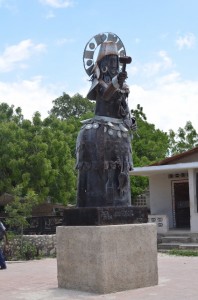
A statue on the main street of Croix-des-Bouquets proclaiming by its presence that this is the birthplace of Haitian metal art.
have been stories of eviction notices and small amounts of cash being doled out to tide the tent city residents over. Guess we’d all like to believe that the tent city nightmare is over. Maybe all of the international goodwill and all of the funding flooding in from the four corners of the world is finally paying off. Maybe bureaucratic inertia has been overcome. Maybe a new day has dawned for the Haitian people and a new way of life has begun.
Contributed by Linda for Beyond Borders/It’s Cactus

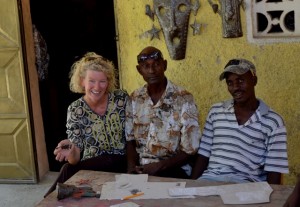
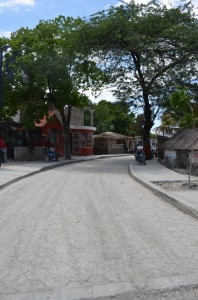

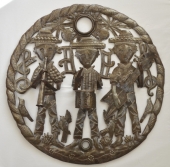
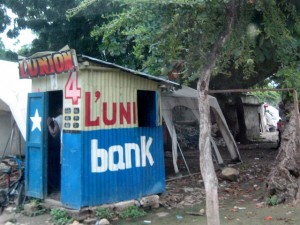
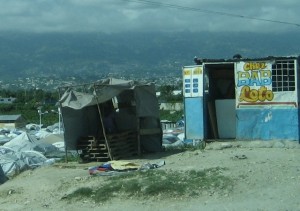

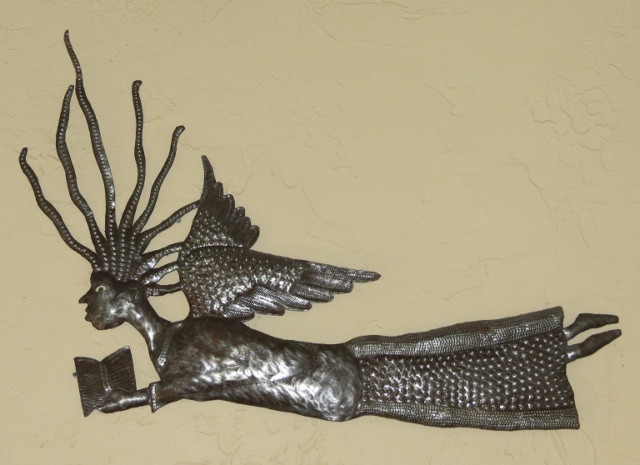


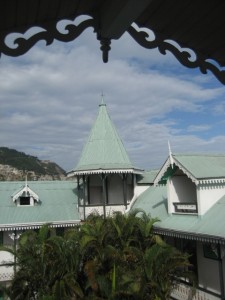
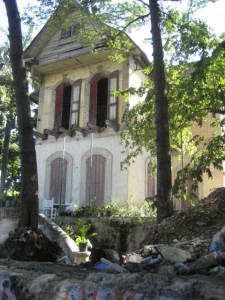
![rnd383[1]](https://blog.itscactus.com/wp-content/uploads/2012/12/rnd3831-280x300.jpg)
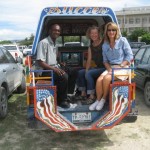 Though I can’t say I’ve been anything close to EVERYWHERE, I am fairly well travelled. Travel for me is almost like breathing – I need to do it. Every issue of National Geographic, every vacation brochure in the mail, every song on the radio with an exotic beat compels me to think about my next trip. I’ve lived in eight different states and four different countries; I have been fortunate to visit many more. Still, for all of my presumed “worldliness” there is nothing quite like Haiti.
Though I can’t say I’ve been anything close to EVERYWHERE, I am fairly well travelled. Travel for me is almost like breathing – I need to do it. Every issue of National Geographic, every vacation brochure in the mail, every song on the radio with an exotic beat compels me to think about my next trip. I’ve lived in eight different states and four different countries; I have been fortunate to visit many more. Still, for all of my presumed “worldliness” there is nothing quite like Haiti.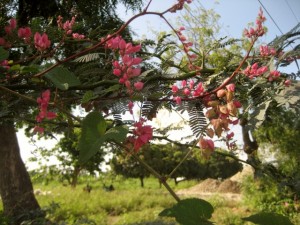 Do I like going there? Well, yes and no. Reading about the poverty and desperation is one thing. Seeing dirty, barefoot little kids with lice in their hair plinking rocks in the open sewer running in front of their house because they’ve got nothing else to play with is something else again. But then, you enter the shop doorway of one of our artists and you get a radiant smile and a great big hug and a whiff of Palmolive soap and find a tall cool
Do I like going there? Well, yes and no. Reading about the poverty and desperation is one thing. Seeing dirty, barefoot little kids with lice in their hair plinking rocks in the open sewer running in front of their house because they’ve got nothing else to play with is something else again. But then, you enter the shop doorway of one of our artists and you get a radiant smile and a great big hug and a whiff of Palmolive soap and find a tall cool 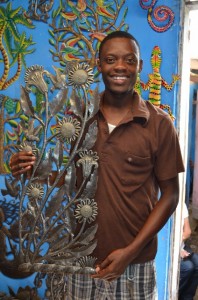 bottle of Coca-Cola thrust in your hand before you can say, “Jack Robinson.” And then they bring out amazing pieces of art. Their latest creations, wrought with such delicacy and brilliant craftsmanship and you can’t help wondering, “Where does this all come from?”
bottle of Coca-Cola thrust in your hand before you can say, “Jack Robinson.” And then they bring out amazing pieces of art. Their latest creations, wrought with such delicacy and brilliant craftsmanship and you can’t help wondering, “Where does this all come from?”